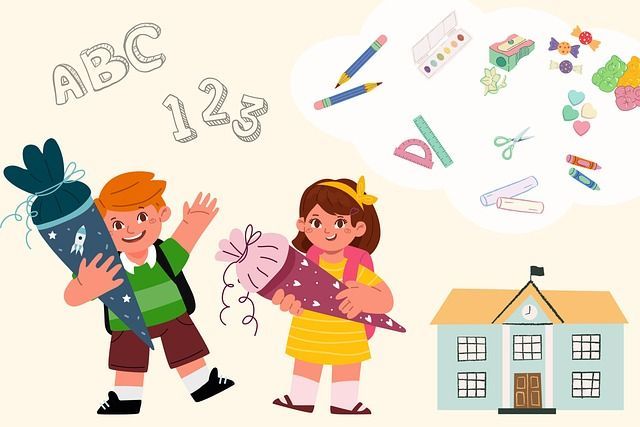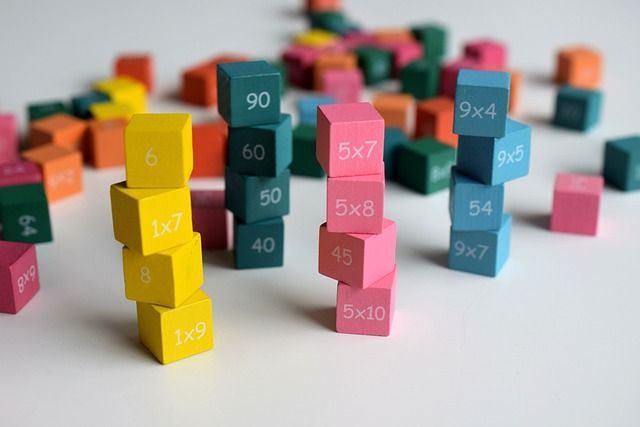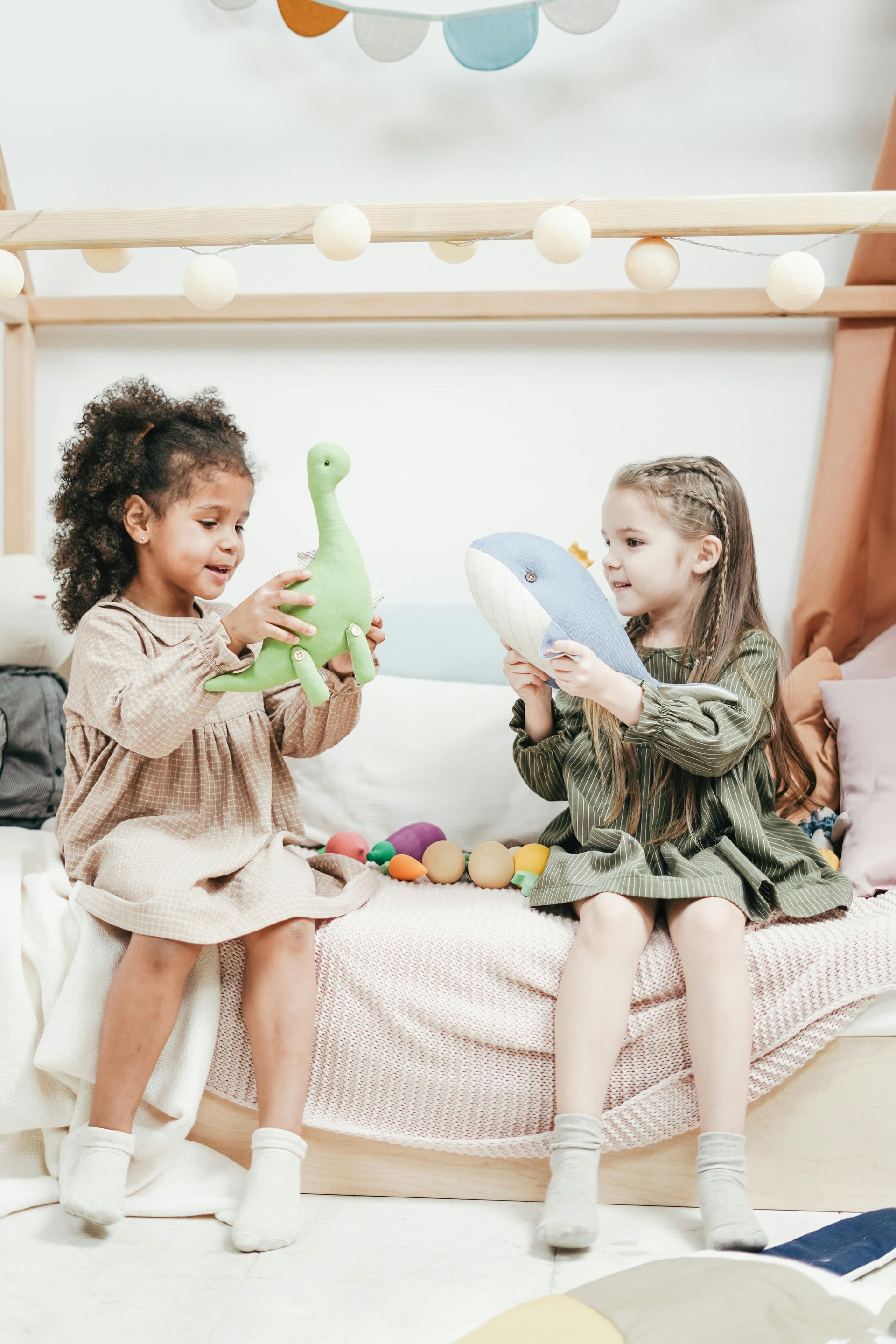Activities That Boost Self-Esteem in Elementary School Students
Some kids walk into the room with their heads held high.
Others avoid eye contact. They mumble. They shrink in their seats.
I’ve seen both—at assemblies, in classrooms, and on the playground.
And I’ll say this right now: confidence matters.
When kids believe in themselves, they try harder. Speak up more. Bounce back faster.
So if you're a teacher or PTO parent wondering how to boost self-esteem in your students, this article is for you. You’ll get real-world ideas that actually work—with no fluff, no jargon, and no fancy equipment needed.
Let’s jump in.
Why Self-Esteem Matters in Kids
Kids with strong self-esteem:
- Take more risks (the good kind)
- Handle feedback without falling apart
- Stand up for themselves
- Try again after failing
Kids with low self-esteem?
They do the opposite. They sit back. They say “I can’t.” They avoid. And that gets in the way of learning.
Now here's the good news—confidence can grow. And the right activities help.
These aren’t just games. These are tools.
Let’s look at some of my favorites.
1. Compliment Circle
Simple. Powerful. Free.
Here’s how it works:
- Sit in a circle. One student is in the “hot seat.”
- The rest take turns saying one kind thing about them.
- Keep it specific: “You helped me with math.” “You play fair.” “You always smile.”
Do it once a week. Rotate who’s in the center.
Kids feel seen. They learn how to give and receive kindness.
This quick activity helps boost self-esteem like nothing else.
2. Classroom Talent Show
You don’t need a stage. You don’t even need an audience.
This can be in small groups, or just your class. Let kids:
- Show a drawing
- Tell a joke
- Sing part of a song
- Teach a skill
The key? Let them choose. No pressure. Just expression.
When kids share what they’re good at, confidence soars.
3. "Try Something New" Challenge
Every week, give students a new challenge:
- Speak to someone new
- Try a new food
- Finish a harder puzzle
- Use a new word in a sentence
Make it fun. Track it with stickers, charts, or a class journal.
The more new things they try, the more they see that fear doesn’t win. And that’s a huge part of confidence-building.
4. Role-Playing Social Scenarios
Confidence isn’t just about skills. It’s about social courage too.
Act out situations:
- Asking to join a game
- Saying “no” politely
- Helping a shy friend
Have kids take turns in each role. Talk about what worked.
This is one of those confidence-building activities that also helps with kindness and empathy.
5. Celebration Wall
Pick a spot in your classroom or hallway.
Post:
- Student drawings
- “I tried my best” moments
- Notes of kindness
- Growth wins
This visual reminder builds a culture of pride and progress.
Kids who normally feel invisible? They light up when their work goes on that wall.
6. Classroom Jobs With Meaning
Yes, even jobs can build confidence.
Don’t just assign “line leader” or “pencil sharpener.”
Try jobs like:
- “Kindness Spotter” – notices helpful behavior
- “Problem Solver” – helps with peer issues
- “Greeter” – welcomes guests and new students
Jobs like these give kids purpose. And when kids feel useful, their self-worth grows.
7. Daily Journal Prompts
Quick and low-key. Great for any grade.
Give them a short prompt:
- “One thing I like about myself is…”
- “Today I felt proud when…”
- “Something I’m good at is…”
Let them write or draw. They don’t need to share unless they want to.
Over time, they start seeing their own value—in their own words.
8. Confidence Cards
Create a deck of cards that say things like:
- “You did something brave today.”
- “You helped someone.”
- “You tried even when it was hard.”
Hand them out when you catch kids doing good things.
Better yet—let kids give them to each other.
This blends recognition with connection. And it reminds kids that confidence shows up in small, daily actions.
9. The “I Can” List
This is gold for shy or anxious students.
Give each child a piece of paper labeled “I CAN…”
Each time they master something—even tiny—they add it:
- “I can tie my shoes.”
- “I can ask a question.”
- “I can speak in front of class.”
Keep the list in their desk or folder. Bring it out when they doubt themselves.
You’ll be amazed how fast it grows.
10. Invite Guest Speakers (Like Me!)
Sometimes, it helps to hear it from someone else.
Bring in speakers who focus on self-esteem, bullying, kindness, or character.
In my “Smile! It's Magic!” assembly, I use storytelling, humor, and audience interaction to show kids how to believe in themselves.
It’s high-energy, age-appropriate, and full of tools they can use right away.
Want to explore that more?
👉
Here’s how positive reinforcement builds student confidence.
Bonus Tip: Watch Your Words
Kids listen to everything. So be mindful of the way you speak.
Say:
- “That was a brave try.”
- “You’re learning!”
- “I’m proud of your effort.”
Avoid:
- “You’re so smart.”
- “You’re the best at this.”
- “Don’t mess up.”
Confidence isn’t about being the best. It’s about trying again.
Real Talk: It’s Not Just About the Loud Kids
Some kids already shine. They don’t need much help.
But others? They’re hiding. Waiting. Hoping someone sees them.
These activities help boost self-esteem in every student. Not just the loud ones. Not just the stars.
And that’s how we change lives—one kid at a time.
Want more ways to build up your students?
👉
Read this article on how positive reinforcement works wonders.
??
Or explore a full list of school show topics here.
Let’s raise kids who walk into the room with their heads high…
And hearts even higher.
Give Your Students a Confidence Boost
Want to give your school’s students a fun way to learn confidence-boosting ideas? My fun school assembly “Smile! It’s Magic” uses amazing magic, kid-friendly humor, and plenty of interactive fun. Contact me today for more details.
SHARE POST



